Do expandable container homes have insulation?
In the design and construction process of expandable container houses, a variety of high-performance insulation materials are selected. These materials are usually resistant to high temperatures, fire and corrosion.
EXPANDABLE CONTAINER HOUSE
XContainerHouse
10/29/20243 min read
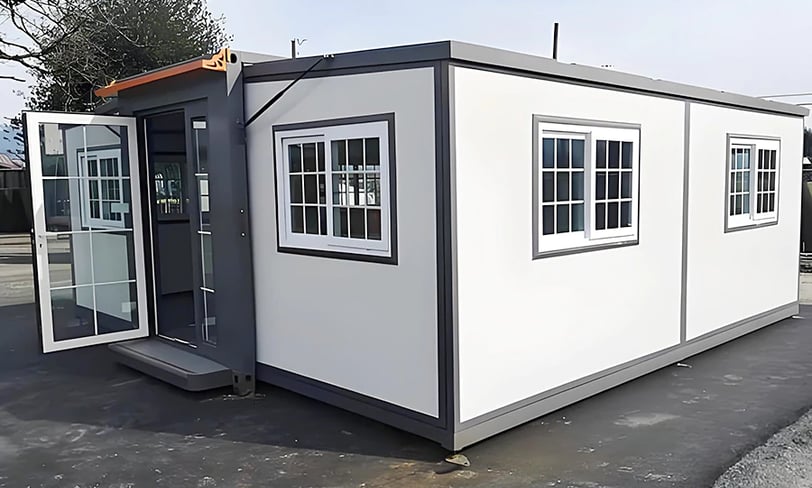

Expandable container houses do have insulation functions, which are mainly due to their special design and construction, as well as a series of insulation materials and measures adopted.
The following is a detailed description of the insulation function of expandable container houses:
1. Selection of thermal insulation materials
During the design and construction of expandable container houses, a variety of high-performance insulation materials will be selected.
These materials are usually resistant to high temperatures, fire and corrosion, and can effectively block the transfer of heat.
For example, common insulation materials include EPS (polystyrene foam), polyurethane, rock wool, glass wool, etc.
These materials are not only environmentally friendly, but also have excellent insulation properties, which can effectively reduce the exchange of indoor and outdoor heat.
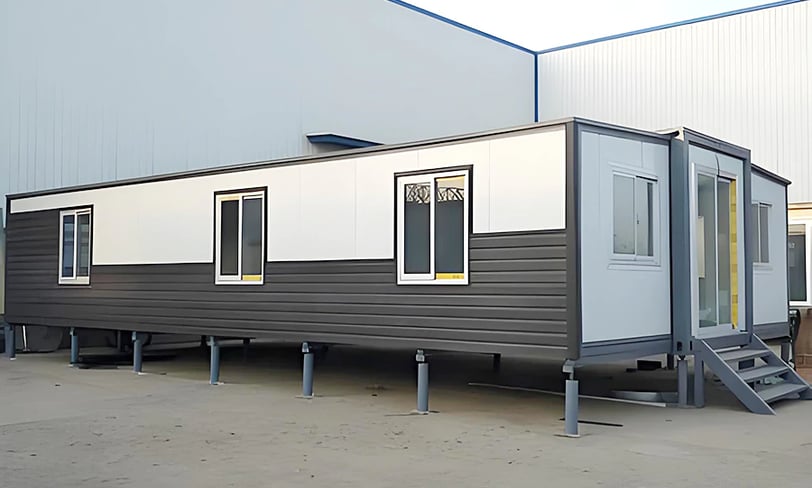

2. Design of thermal insulation layer
Multiple layers of insulation are usually installed on the walls, roofs and floors of expandable container houses.
A certain air gap will be formed between these insulation layers. As a good thermal insulator, air can significantly improve the thermal insulation effect of the house.
In addition, the thickness and density of the insulation layer will be customized according to specific needs to ensure the best insulation effect.
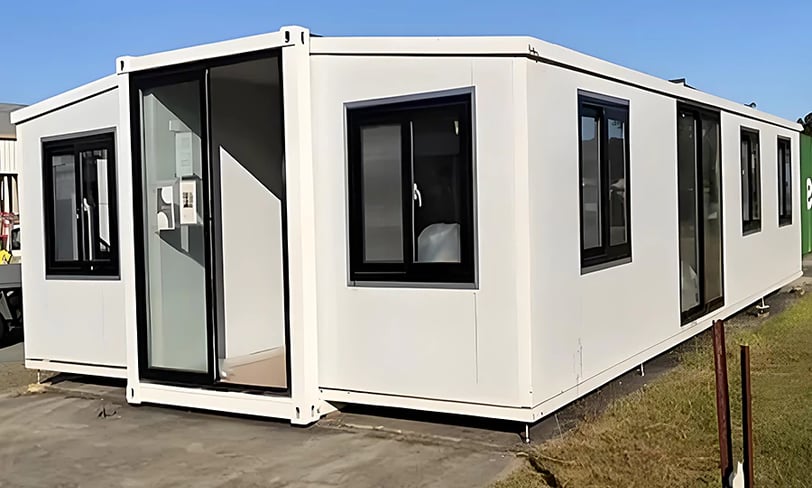

3. Double wall structure
To further enhance insulation, expandable container homes sometimes use double-wall structures.
This structure creates an air layer between the two walls, further blocking the transfer of heat.
At the same time, double walls can also increase the thermal insulation performance of the house, allowing the house to stay warm in winter and cool in summer.


4. Thermal insulation of windows and doors
Windows and doors are one of the main channels for heat exchange in a house.
Therefore, in expandable container houses, windows and doors usually use special insulation materials and designs.
For example, windows can use LowE glass, which has a special film on the surface that can reflect infrared rays and keep the indoor temperature stable.
At the same time, the sealing performance of windows and doors will also receive special attention to ensure that the exchange of heat between indoor and outdoor is minimized.


5. Intelligent temperature control system
In addition to the above hardware measures, expandable container houses can also be equipped with intelligent temperature control systems.
This system can automatically adjust the operation of air conditioning and heating systems according to changes in indoor and outdoor temperatures to achieve efficient use of energy.
Through the intelligent temperature control system, the house can always maintain a comfortable temperature environment while reducing energy consumption and operating costs.
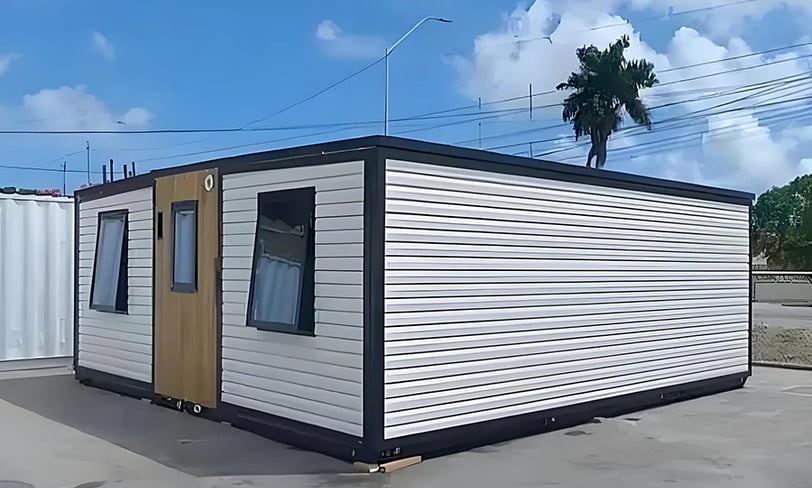

6. Performance in practical applications
In practical applications, the thermal insulation function of expandable container houses has been widely verified and recognized.
Whether in outdoor performances, offices, shopping malls or warehouses, this type of house can provide a stable working and living environment.
Especially in some extreme climatic conditions, such as high temperature, cold or humid environments, the thermal insulation function of expandable container houses is particularly important.
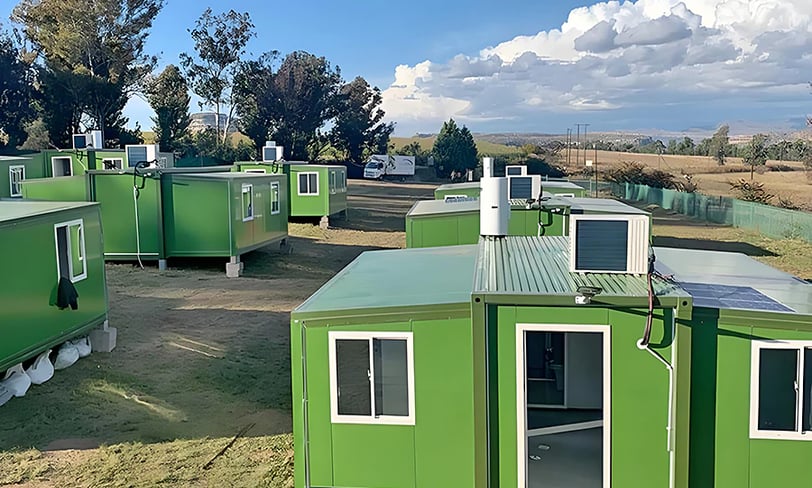

7. Construction quality and detail processing
Finally, construction quality and detail processing are also crucial to the thermal insulation function of expandable container houses.
During the construction process, it is necessary to ensure that the insulation material is installed tightly and seamlessly to avoid gaps and holes.
At the same time, special treatment is performed on joints and corners where thermal bridges are prone to occur, such as using thermal insulation glue or increasing the thickness of the insulation material.
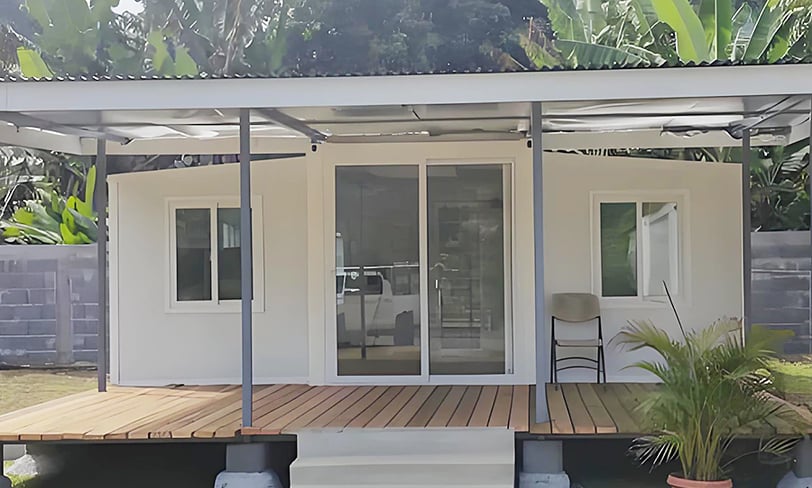

In summary, expandable container houses have achieved good insulation function by selecting high-performance insulation materials, designing reasonable insulation layers, adopting double-layer wall structures, insulating windows and doors, equipping with intelligent temperature control systems, and paying attention to construction quality and detail processing.
This enables expandable container houses to provide a comfortable working and living environment in various climatic conditions.
About
Contact
Support
E_mail:
info@xcontainerhouse.com
Tel:+86 536 628 1777
Fax:+86 536 628 1777
OUR POLICY
© 2025. All rights reserved.






